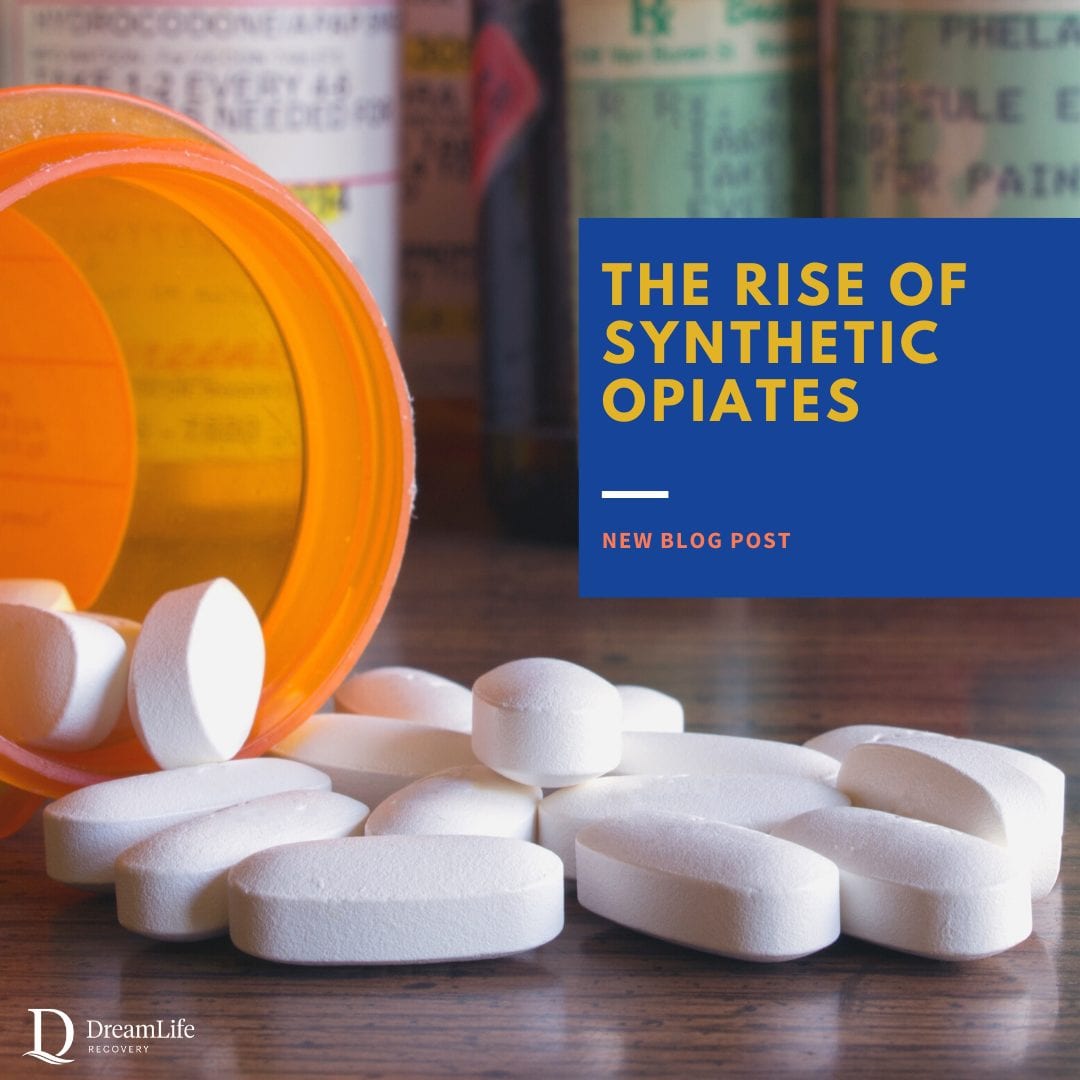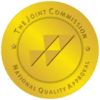The Rise of Synthetic Opioids

Written By
DreamLife RecoveryIn recent years, synthetic opioids have become more prevalent illegally and on the streets and are having powerful consequences. According to the Centers for Disease Control and Prevention (CDC), in 2018, more than 31,000 deaths involving synthetic opioids occurred in the United States. This is more than deaths from natural opioids. To understand how synthetic opioids have become so popular, we must first understand what they are.
What are Synthetic Opioids?
Synthetic opioids are a class of drug that are manufactured in pharmaceutical laboratories. Their chemical structures are designed to be similar to that of natural opioids that come from the opium poppy.
Synthetic substances are frequently used as cutting agents in street drugs like heroin and cocaine. Sometimes they are molded into a pill form and sold illegally as fake painkillers. It is important to note that because they are created in laboratories, synthetic opioids are extremely potent and powerful, so when used illegally, overdose is a common occurrence.
List of Synthetic Opioids:
- Acetylfentanyl
- Butyrylfentanyl
- Carfentanil
- Fentanyl
- Furanylfentanyl
- Methadone
- Tramadol
- 3-Methylfentanyl
- U-47700
One of the most common synthetic opioids is fentanyl. Fentanyl is used for medical and surgical purposes which is legal, but can also be manufactured for illegal distribution on the streets. According to the National Institute on Drug Abuse, fentanyl is 80 times more potent than morphine and since 2013 has been a driver of the rise in national overdose rates.
Carfentanil has gained street notoriety in recent years and is the reason for the increase in overdose deaths as it is being used as a cutting agent in heroin. The reason it is so deadly is that it is 10,000 times more powerful than morphine and originally intended as an elephant tranquilizer.
The Sackler Family
The rise of synthetic opioids that are often combined with drugs like heroin can be traced back to the overall opioid crisis. A significant number of people who have used heroin first misused prescription opioids such as OxyContin or Vicodin.
In the 1990s, a pharmaceutical by the name Purdue Pharma was founded by Richard Sackler. In 1996, Purdue Pharma launched the prescription painkiller, Oxycontin. According to Business Insider, by 2001, sales of the drug made up about $3 billion or 80 percent of the company’s revenue.
Before 1996, many physicians refrained from prescribing opioids to their patients for pain because of its addictive nature. Originally prescribed to cancer patients, Purdue Pharma, in addition to other pharmaceutical companies, developed relationships with doctors in efforts to have the physicians be the bridge to expand the use of OxyContin beyond cancer patients. Soon enough the physicians and researchers that formed relationships with Purdue Pharma started to spread the word that the risk of opioid addiction was minimal and that the drug was safe and effective.
The Sackler’s, the family that owns Purdue Pharma, have been in numerous lawsuits over the past decade due to the role that their aggressive marketing tactics had in the opioid epidemic. As a result, in 2019, Purdue Pharma filed for bankruptcy. In October 2020, NPR reports that the company reached an $8 billion settlement deal with the Justice Department. This settlement also would restructure the Purdue Pharma from a privately held company and turn it into a public trust under government control.
Diagnosing and Treatment
Many synthetic addictions stem from someone being prescribed opioids for pain relief at one point in time. Since these classes of drugs are so addictive, if you are taking prescribed painkillers that aren’t yours or if you are taking more than what is prescribed and for a longer period than intended, addiction can develop. If the prescription runs out and there is no way to access opioids, that’s when synthetic opioids and opiates enter into the picture.
There are certain signs of opioid addiction you can look for such as secretive behavior, trouble with speech or coordination, lying or stealing to purchase opioids, urgent requests to borrow money, mood swings, or withdrawal symptoms that would look similar to flu-like symptoms. Withdrawal from synthetic opioids can be extremely dangerous so it’s very important to get the proper help from professionals who specialize in detoxification.
At DreamLife Recovery, our staff is prepared to help you or a loved one find relief from addiction. At our peaceful facility outside Pittsburgh, PA, we provide a safe space for detoxification as well as residential treatment programs customized to treat your specific needs and address the underlying issues of addiction. Contact our admissions team today.






